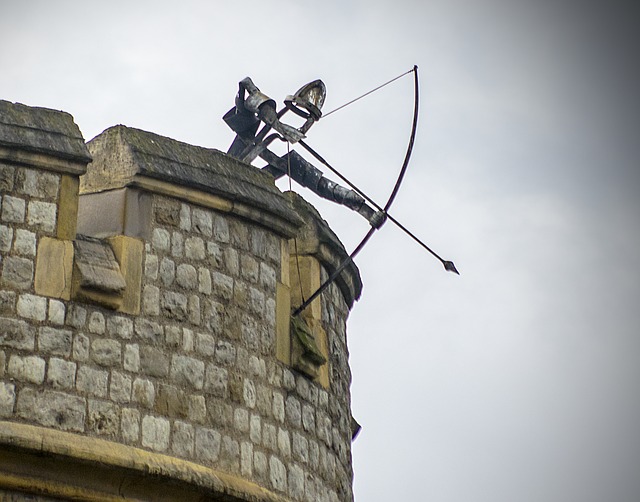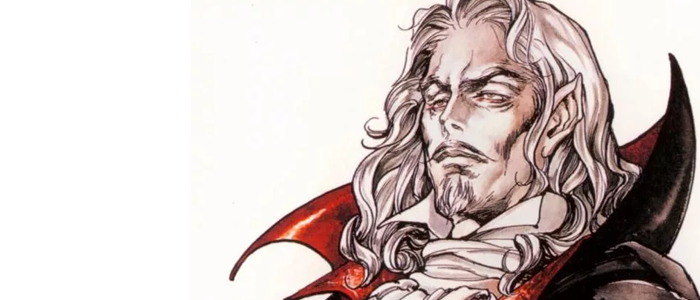This week I’ll be filling in for Ryan and talking about some of the GM techniques I use to enhance the tension and in-game drama at the table. This is one of the places I still use my BFA in Film and Television, to GM like a Director.
Dramatic Pauses
A very simple technique is to allow short pauses at critical moments. For example: the party is fighting a battle against a powerful antipaladin. In a desperate attempt at victory, the ranger pulls a sleep arrow from their pack and fires it at the enemy. The hit lands. Now the antipaladin needs to make a relatively easy DC 11 Will save or fall asleep. Don’t just roll and tell them the result, let that pivotal moment hang in the air, creating tension at the table. Roll the die where no one else can see it, take a moment before addressing the table and savor every moment of the result. “The white arrow flies through the air… it pierces the evil knight’s chainmail just under his breastplate, bursting into a flash of energy… he yawns large… and… he FALLS ASLEEP!”
Once the result is given all that weight that you put behind the description, all the time you made the party wait for the outcome, will pay off by releasing the tension at the table. If you want to hear a master of this technique at work, then I recommend listening to at least a few episodes of the Glass Cannon Podcast. Troy Lavallee GMs the actual play campaign uses this technique to fill every moment with drama.
Full Descriptions
In a film, each shot is carefully planned out and composed to make sure that the audience receives just the right amount of information. Using this same strategy when describing elements of your game world will evoke a more exciting and immersive game. Don’t just state that the antipaladin swings, hits, and deals 16 points of damage. Instead, imagine you were watching this play out in a movie and take a moment to describe the attack: “With an overhead chop, the knight brings his greatsword down to cleave you in two. At the last minute, you manage to jump out of the way but not before his swing grazes your leg, slicing cleanly through your trousers. He brings his sword away wet with your blood.”
 Not every single description needs to be that lengthy, but if you spend a little more time on the big moments and less time on the less important moments, you’ll help make the game more memorable to your players. Years ago I ran a PFS scenario at Who’s Yer Con in Indianapolis and we had a character death while the PCs faced off against the BBEG, an archer in a well defended position. They were having a hard time of approaching the tower the BBEG was hiding in without taking a bunch of damage and having to retreat and heal. Rather than give up, the witch decides that they’re going to run up to the base of the tower to get within 30 feet, then use the Sleep Hex to end the fight all at once. The BBEG made her save and fired a single arrow at the witch; the attack crit and the witch died in one shot. Interesting story? Maybe. But the description really made it a memorable moment for everyone at the table:
Not every single description needs to be that lengthy, but if you spend a little more time on the big moments and less time on the less important moments, you’ll help make the game more memorable to your players. Years ago I ran a PFS scenario at Who’s Yer Con in Indianapolis and we had a character death while the PCs faced off against the BBEG, an archer in a well defended position. They were having a hard time of approaching the tower the BBEG was hiding in without taking a bunch of damage and having to retreat and heal. Rather than give up, the witch decides that they’re going to run up to the base of the tower to get within 30 feet, then use the Sleep Hex to end the fight all at once. The BBEG made her save and fired a single arrow at the witch; the attack crit and the witch died in one shot. Interesting story? Maybe. But the description really made it a memorable moment for everyone at the table:
“You run up to the tower and stare at her right in the face, your eye glimmering with magic. As she reaches back to pull another arrow from her quiver, she hesitates for a moment as she yawns… but she manages to catch her breath and nocks the arrow. She aims right at you and releases the arrow. For a moment your life slows to a crawl; she watches the arrow as is speeds toward it’s target. Before the magical glint fades, the arrowhead pierces your eye. For a moment their is silence… then your body falls to the ground with a thud, lifeless.”
The rest of the table then had a somber feeling as the party retreated from the BBEG. They had lost the scenario. They had lost an ally. It was a somber moment. But this moment stayed in everyone’s memories. At the end of the convention, the player with the deceased witch approached me looking happy. He said that he had never had such a memorable character death before and even though he had to pay for a raise dead to keep playing that weekend, he repainted his mini to match the occasion. When he presented it, I saw that the mini he had used before now had one eye whitened out and a single dark scar across the socket. “She’s blind in that eye now, but she’s alive again and has vowed to hunt down that archer.” Now that character has an interesting backstory to share with every other adventurer she meets about the time she died and lost an eye.
Parallel Editing
 The last technique I want to share only comes up occasionally, but it’s a more advanced form of Dramatic Pauses. Sometimes your PCs will want to split up, particularly during an investigation. When this happens I like to run for one PC for a short while until they find a critical clue or locate an NPC who is willing to share vital information. When this happens, I’ll tease the information but won’t give it to the player, instead moving on to one of the other players. This leaves them waiting on the edge of their seat for me to get back to them and tell them what they’ve discovered. A perfect scenario for this is Pathfinder Society #5–01: The Glass River Rescue. The PCs almost always split up to search for clues, and give huge opportunities for adding tension whenever they discover something. “Oleanna, a Perception of 24 you said? Ok, you search around and find a pile of discarded clothing you originally mistook as dirty rags. As you sift through the clothes you hear a ‘thunk’ of something heavy hitting the floor. Looking down… you see something quite interesting—Darius, you were in the kitchen, right?” Now while I’m running part of the investigation for Darius, Oleanna’s player is almost biting her fingernails waiting for it to be her turn again so she can find out what she discovered.
The last technique I want to share only comes up occasionally, but it’s a more advanced form of Dramatic Pauses. Sometimes your PCs will want to split up, particularly during an investigation. When this happens I like to run for one PC for a short while until they find a critical clue or locate an NPC who is willing to share vital information. When this happens, I’ll tease the information but won’t give it to the player, instead moving on to one of the other players. This leaves them waiting on the edge of their seat for me to get back to them and tell them what they’ve discovered. A perfect scenario for this is Pathfinder Society #5–01: The Glass River Rescue. The PCs almost always split up to search for clues, and give huge opportunities for adding tension whenever they discover something. “Oleanna, a Perception of 24 you said? Ok, you search around and find a pile of discarded clothing you originally mistook as dirty rags. As you sift through the clothes you hear a ‘thunk’ of something heavy hitting the floor. Looking down… you see something quite interesting—Darius, you were in the kitchen, right?” Now while I’m running part of the investigation for Darius, Oleanna’s player is almost biting her fingernails waiting for it to be her turn again so she can find out what she discovered.
…And you can find out too by playing or running The Glass River Rescue with your local Pathfinder Society group.
I hope you picked up a few new GM techniques to try when you run your next game. Good luck and good rolling!






